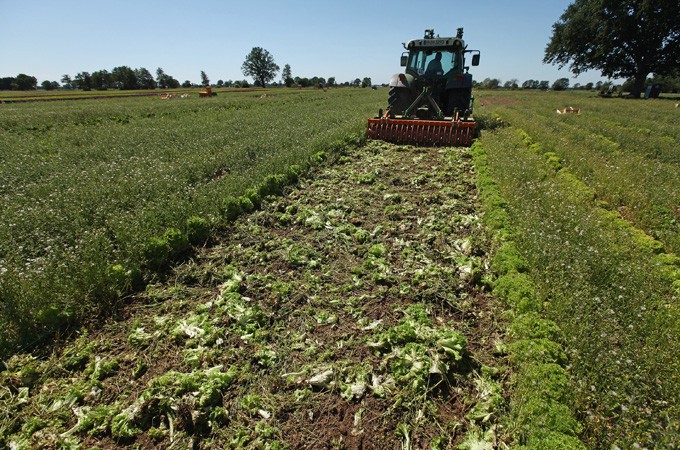
The food you eat plays a major role in your health, and the health of the average American is a testament to the abject failure of processed foods to support good health. Manny people are starting to reinvent our food system by growing their own food, and starting up new farms, in ever-growing numbers. Not only do using organic principles improve the quantity, but it also improves the quality of the food you're growing
As a physician, it's very obvious to me that the food we eat plays a major role in our health. As a result, the health of the general population can give us a pretty accurate picture of the nutritional status of our food.
About 90 percent of the money Americans spend on food is spent on processed foods,1 and the health of the average American is a testament to the abject failure of such foods to support good health.
Necessity Breeds a New Generation of ‘Greenhorn' Farmers
The featured film, The Greenhorns, demonstrates how we can collectively transform the current industrial monoculture, chemical-based agricultural paradigm into a healthier, more sustainable way of feeding ourselves and our neighbors, while restoring the health of our ailing planet.
“The Greenhorns documentary film… explores the lives of America's young farming community – its spirit, practices, and needs.
It is the filmmaker's hope that by broadcasting …
Different productions of the same type of crop can vary greatly in nutritional quality. The same variety of wheat can have very different protein levels depending on the soil and, to a lesser degree, according to the amount of rainfall that year. Some varieties of same kind of vegetable have far higher levels of vitamins and minerals. So, the same is not really the same.
performances that are 200-400 percent greater than what you would typically get from a plant! All in a totally sustainable and environmentally friendly way.
Two Models of Food Production
There are basically two different models of food production today. The first, and most prevalent, is the large-scale agricultural model that takes a very mechanistic view toward life, whereas the other—the local, sustainable farm model—has a biological and holistic view.
While efficient, the mechanistic, large-scale model has many unexpected adverse side effects. Confined animal feeding operations (CAFOs) for example, have become a primary source of antibiotic-resistant disease, which has now reached epidemic levels in the US.
Yes, You Can Grow Your Own Food!
Even if you're not that incline to start your own garden or mini farm, you can still grow your own food. Even in small areas where you live in such as apartments or college dorm students can join the revolution by sprouting. One can also grow a wide variety of herbs, fruits, berries, and vegetables in pots. Hanging baskets are ideal for a wide variety of foods, such as strawberries, leafy greens, runner beans, pea shoots, tomatoes, and a variety of herbs.
Where to Find Real Food
- Local Harvest— This Web site will help you find farmers' markets, family farms, and other sources of sustainably grown food in your area where you can buy produce, grass-fed meats, and many other goodies.
- Alternative Farming Systems Information Center, Community Supported Agriculture (CSA)
- Farmers' Markets— A national listing of farmers' markets.
- Eat Well Guide: Wholesome Food from Healthy Animals — The Eat Well Guide is a free online directory of sustainably raised meat, poultry, dairy, and eggs from farms, stores, restaurants, inns, and hotels, and online outlets in the United States and Canada.
- FoodRoutes — The FoodRoutes “Find Good Food” map can help you connect with local farmers to find the freshest, tastiest food possible. On their interactive map, you can find a listing for local farmers, CSA's, and markets near you.
- Weston A. Price Foundation has local chapters around the US where you can find organic, grass-fed milk and other organic foods
Practicing healthy choice also means avoiding devitalized foods. To be healthy, our bodies need every bit of nutrition they can possibly assimilate. If, for convenience or for profit, nutritional content is removed or destroyed during processing, the consumer’s health gets shortchanged. Health really does equal nutrition divided by calories; devitalization removes much of the nutrition, but few of the calories.
Please Read this Article at Articles.Mercola.com





Leave a Reply